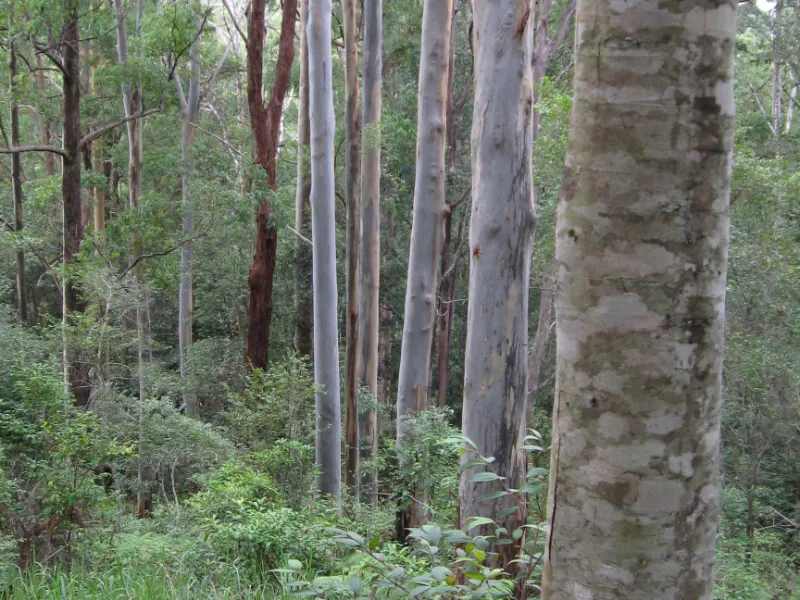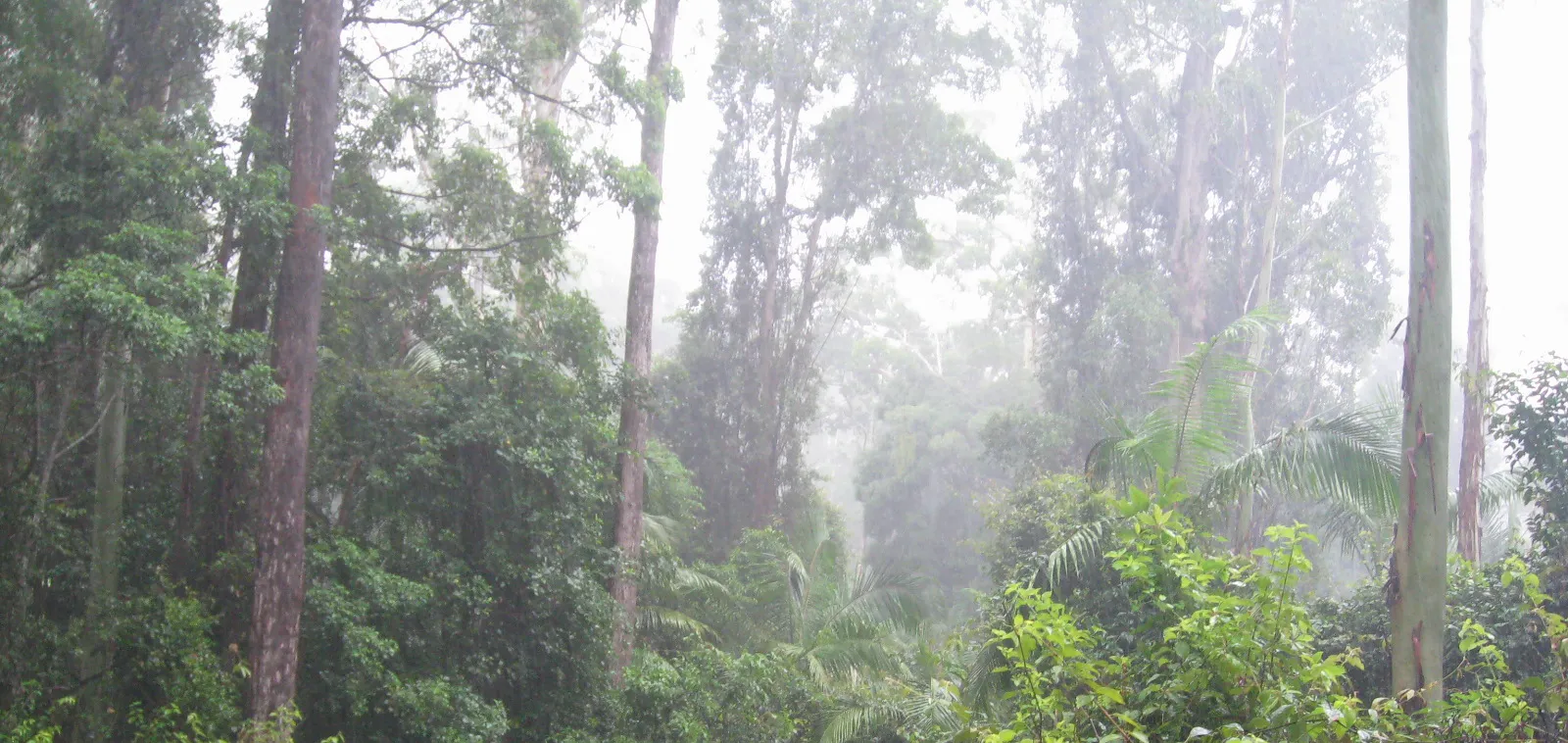Australia's tall, wet forests have long been the subject of debate and misunderstanding, particularly regarding their pre-colonial condition and how they should be managed today. Contrary to some popular beliefs and historical accounts that suggest these forests were once open and park-like, recent scientific research paints a much denser, lush picture. This new understanding has profound implications for conservation strategies and fire management practices.
The Myth of Open Forests
The narrative that Australia's forests, including those dominated by the towering mountain ash (Eucalyptus regnans), were kept open and sparse through frequent burning by First Nations people has been influential. This view has supported arguments for widespread thinning and burning to return these ecosystems to their supposed natural state. However, a meticulous examination of historical documents, colonial records, First Nations testimonies, and ecological studies now challenges this perspective.
Evidence from various sources, including colonial explorer diaries and scientific analyses of tree rings and pollen cores, indicates that these forests were naturally dense and vibrant. Accounts from the 19th century describe the mountain ash forests as so thick with undergrowth that navigation was often only possible with the aid of an axe. These descriptions align with ecological findings that these forests evolved under conditions where high-severity fires were rare, leading to a landscape dominated by mature eucalypt trees of various ages, interspersed with a rich understorey of broad-leaved shrubs and ferns.

Cultural Fire Management and Ecological Understanding
The understanding of fire management by First Nations people is nuanced and deeply tied to the specific needs of different environments. Traditional fire practices were varied and adapted to the ecological requirements of each area. In the mountain ash forests of Victoria's Central Highlands, for example, there is little evidence to suggest that frequent low-severity fire or active thinning was a common practice. This insight is supported by discussions with Traditional Custodians, who emphasize that not all types of forest benefit from fire; indeed, some are harmed by it.
Victor Steffensen, a respected Elder and cultural fire practitioner, highlights that Aboriginal fire knowledge encompasses both the application and the withholding of fire based on detailed ecological knowledge. This principle is crucial in understanding the pre-colonial management of these environments.
Implications for Modern Forest Management
The realization that mountain ash forests were historically dense and wet, rather than open, has significant implications for current forest management strategies. Thinning and burning, often proposed as solutions to reduce fire risk and manage vegetation, are likely inappropriate for these ecosystems. Such practices not only increase the vulnerability of forests to fire by drying them out but also result in significant carbon emissions and habitat destruction for species such as the critically endangered Leadbeater’s possum.
Instead, the focus should shift towards allowing these forests to mature naturally, expanding old-growth areas, and employing restoration techniques like planting and reseeding where natural regeneration has failed. This approach aims to restore the ecological integrity and resilience of these ancient ecosystems, ensuring their preservation for future generations.
The narrative surrounding the management of Australia's tall, wet forests is shifting from one of intervention to one of careful preservation and restoration. By embracing a more accurate historical and ecological understanding, conservation efforts can be better aligned with the natural dynamics of these forests, ensuring that they continue to thrive as complex, biodiverse systems. This evolution in management practices represents a critical step in respecting and preserving the natural heritage of Australia while acknowledging the sophisticated environmental stewardship of its First Nations people.

